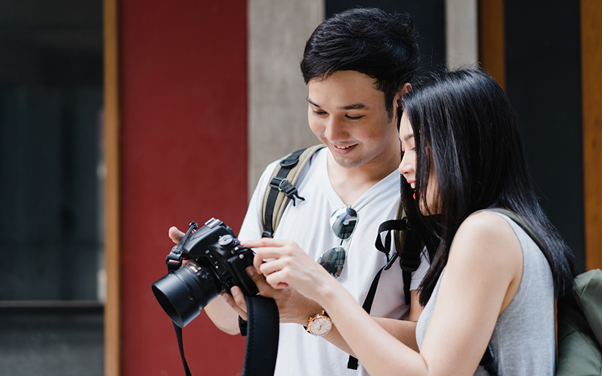Compared to sporadic practice, short, purposeful walks teach time, light, and story more quickly. If you are choosing a mobile photography course in Singapore, look for one that turns a modest loop into a weekly studio. This approach anchors skills in real places and routines, so your shots improve in the situations you actually face. It also keeps momentum high because progress is visible from one lap to the next.
Set a Route with Intent
Pick a 30 to 40 minute circuit that repeats contrasts: open shade, reflective glass, greenery, and a stretch of traffic. Revisiting the same landmarks allows you to test exposure and composition under changing weather without relearning the terrain each time. A good mobile photography course will supply micro-briefs for that loop, such as frames within frames in week one, leading lines in week two, and human scale against architecture after that. You build range without losing focus, and editing becomes quicker because each outing has a single aim.
Work the Light You Have
Phone cameras reward thoughtful light more than exotic settings. Side light reveals texture on concrete and bark, backlight creates silhouettes and flare at crosswalks, and overcast days make colour sing without harsh shadows. Enter open shade when the sun is high and allow the white facades to serve as enormous reflectors. A quality photography course in Singapore teaches you to see these cues in seconds, then place the subject so you avoid blown highlights and muddy shadows.
Stabilise and Compose on Foot
You do not need a tripod for street practice if your body becomes the support. When the shutter slows, support yourself against a post or railing, lock your elbows to your ribs, and hold your breath. Look for loose limbs, skewed signage, and bright distractions that will draw the eye, and use the corners of the frame rather than just the centre. This discipline keeps files cleaner and reduces heavy-handed editing later, which matters when you plan to publish quickly.
Edit Fast and Honestly
Limit yourself to a simple stack: crop, straighten, white balance, exposure, and a light clarity touch. Apply a preset that honours natural contrast to your selections sparingly. If a frame will not lift without extreme adjustments, move on; the next pass around the route will give you another chance. A structured photography course models this restraint in critique sessions, so your style stays consistent across a set rather than changing with every new filter.
Choose a Course that Teaches in the Field
The strongest programmes blend short walkthroughs with on-the-spot feedback. Tutors set a tight brief, walk the loop with you, and review images on location while the light and choices are fresh in your mind. For a photography course for beginners, this format removes jargon and centres one change per image, which is easier to apply to the next corner than a long list of abstract tips. When you outgrow the basics, the same route supports advanced drills such as motion blur, reflections with polarisation, and night sequences.
Plan Output Before You Press the Shutter
Decide where the final images will live and shoot accordingly. Prints want clean edges and generous exposure latitude, social posts forgive grain but punish cluttered backgrounds, and client decks favour clarity over novelty. A practical photography course in Singapore will make you declare the destination at the start of each walk, which sharpens decisions about angle, height, and lens choice on your phone.
Protect Files and Respect People
Back up on Wi-Fi before you head out, clear storage for new work, and tag selects as you go so reviews stay honest. Be considerate in residential areas and medical spaces, and avoid posting identifiable faces without consent. Street stories still work at a wider angle from behind or through reflections when people are not the subject. Ethics keep the focus on craft and help you feel confident sharing the results.
Conclusion
Mastery grows when practice is small, repeatable, and purposeful. A set route, a single brief, and a quick field critique turn your phone into a dependable storytelling tool. If you are weighing a mobile photography course or any photography course in Singapore, choose one that teaches in the wild and helps you publish with pride after every lap.
For walk-based modules, on-route critiques, and a clear route from initial exercises to self-assured, shared mobile work, contact OOm Institute.

